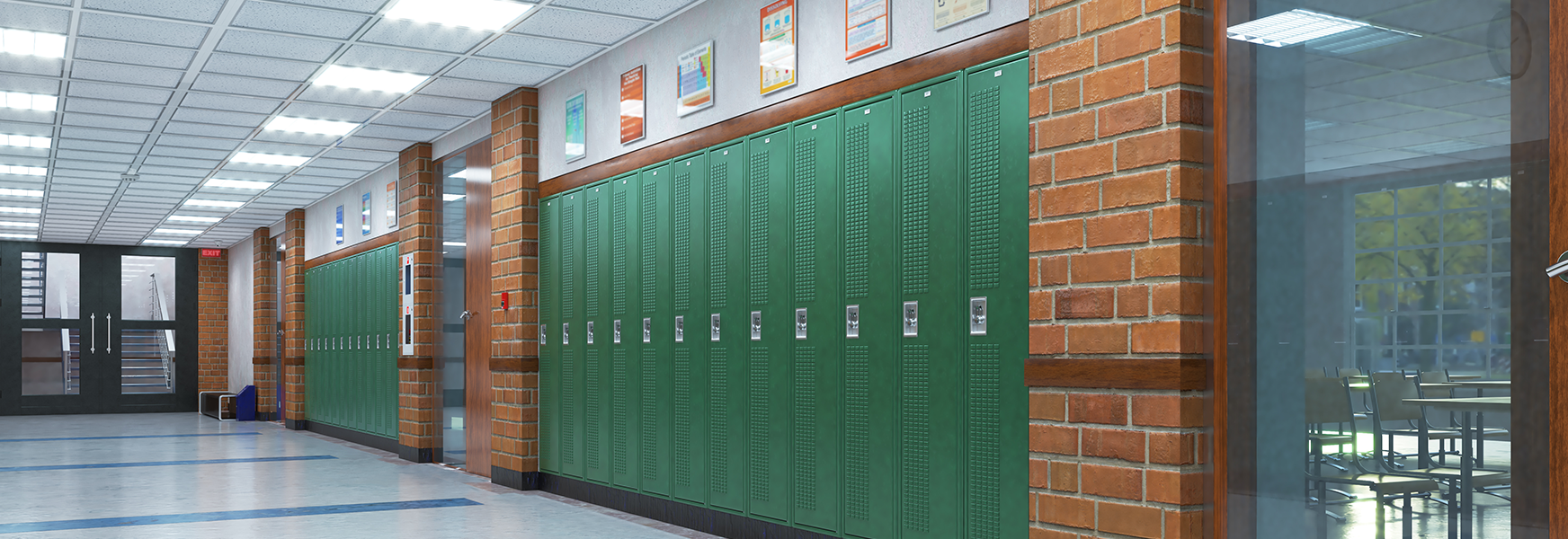The (Not So) Surprising Truth about Injuries in Schools and Educational Services

As a child, do you remember the first time you saw your teacher outside of the classroom? I do. I was tagging along with my mom at the grocery store, mesmerized by the live lobsters in the large glass tank. I became aware that Mrs. Blake, my second-grade teacher, was pushing a grocery cart in my direction. Surprised, my immediate thoughts were, “what is she doing here and why is she buying food like regular people?” If you were like me, you might have assumed that teachers were some sort of unique beings that only existed in the school. My mom explained to me that, like ordinary people, teachers eat, breathe, and do everything else just like the rest of us. I was astonished, but this was not the last time a teacher would surprise me.
Recently, while reviewing injury data compiled by MEMIC’s Education Services Team, I saw something that surprised me almost as much as seeing Mrs. Blake at the grocery store all those years ago. Faculty and administrative jobs have the highest injury frequency across all departments when I falsely assumed it would be support services like maintenance, grounds, housekeeping, or food service. Support services are the typical occupations that one would consider to be more hazardous. However, due to the hazard controls utilized in these areas injury performance is typically better controlled, and safety expectations are more formally defined.
MEMIC’s claim analysis revealed that the four support services departments (maintenance, grounds, housekeeping, and food service) accounted for just 38% of all reported injuries in the Education Services Industry, while faculty and administrative staff accounted for a shocking 58%. With faculty and administrative staff accounting for nearly 6 of 10 reported claims, it became clear that one of the primary factors could be limited or no formal safety expectations and/or training.
A single faculty injury can often require challenging responses to cover multiple gaps. The management of each injury takes time and coordination to ensure operations continue with minimal impact to students. These are all indirect costs sustained for each injury and can add up quickly.
We know that injuries will cause disruption in many ways but with 6 of 10 claims occurring to faculty or administrative positions, these injuries impact critical business operations, specifically teaching and instructing. Continuity of educational services may also be at risk because, depending on the type of education establishment (public, private, higher education, boarding school, etc.), employees often double as coaches, club or activity directors, dorm parents, or even bus drivers.
Perhaps I am not the only one that considered faculty and administrative staff to be low risk. Maybe others had this same assumption, causing safety efforts to be directed towards the (previously assumed) “higher risk” occupations within education establishments. Of course, it is important that those efforts continue and develop, but knowing the reality of faculty and administrative staff injuries, it allows us to focus on ensuring necessary attention, training, and resources to reduce hazards and minimize injuries. MEMIC analyzes this injury data for this exact reason – to identify hazards and direct safety efforts to control them.
MEMIC’s data analysis identified the top three loss leaders in the Education Industry to be:
- Slips, trips, and falls due to improper footwear, poor surface construction / treatment and misuse of equipment.
- Ergonomic related musculoskeletal injuries due to improper workstation setup, lifting, overuse, and/or repetitive motion.
- Sudden event trauma due to student aggression, struck by / against, or workplace violence.
MEMIC has numerous tools and resources to assist in controlling these hazards:
- The Safety Net Blog: Target Mapping to Prevent Slips, Trips and Falls
- Annual Education Training Calendars – Proactively plan out and schedule annual training.
- E-Ergo™ Process – resources to assist you with virtual ergonomic assessments.
- MEMIC Quick Tips including De-Escalation, Restraint and Seclusion, Non-verbal Communication, and more.
- Access to SafeSchools™ (K-12) and MEMIC Safety Academy Online (Higher Education) Learning Management Systems at no additional cost.
Contact your MEMIC Safety Management Consultant or review all of our available resources at MEMIC.com for more information.
Lastly, please remember to thank a teacher the next time you see one, even if it is at the grocery store.
Posted by Adam Levesque, Rich Kordell, and Arielle Karageorge
